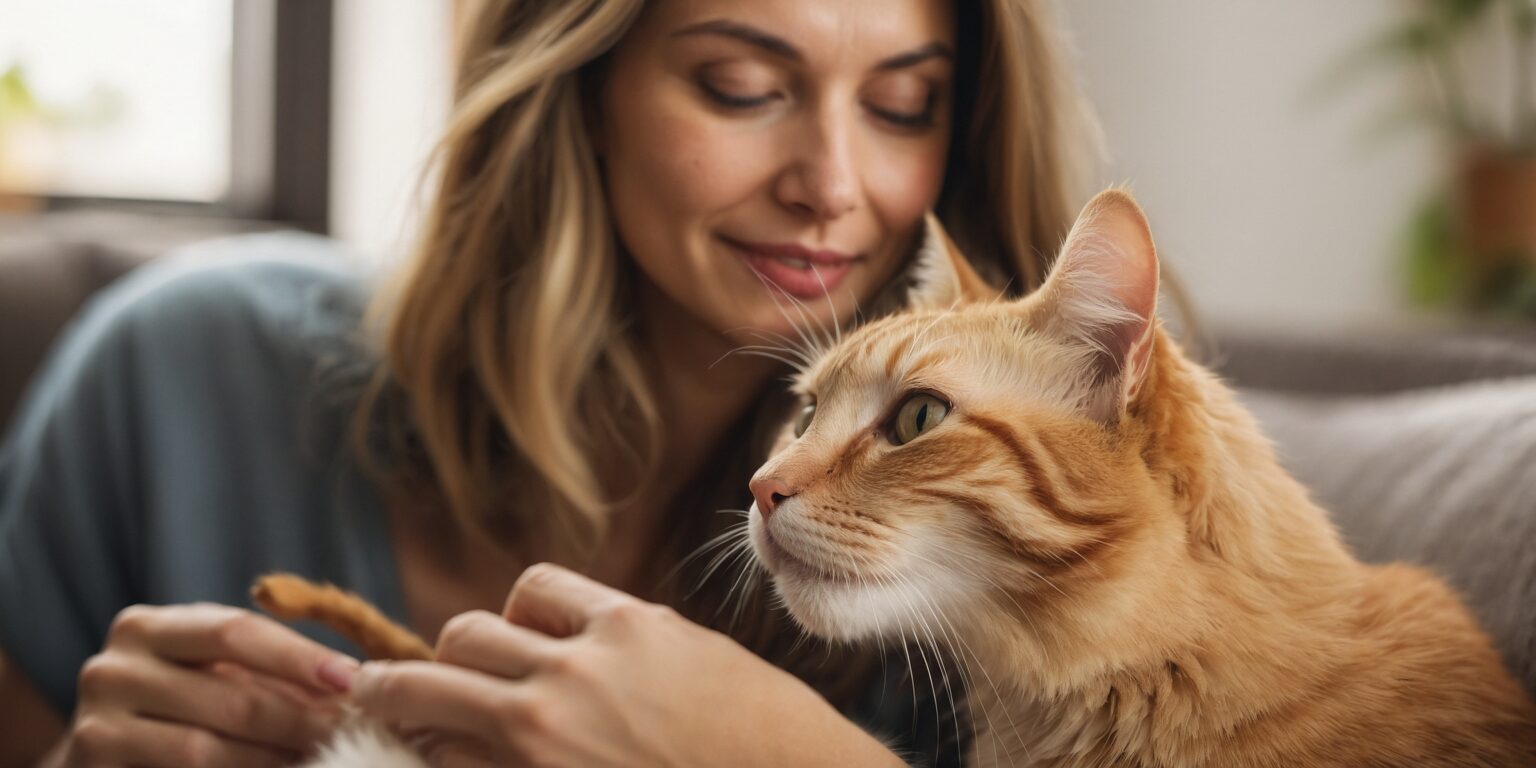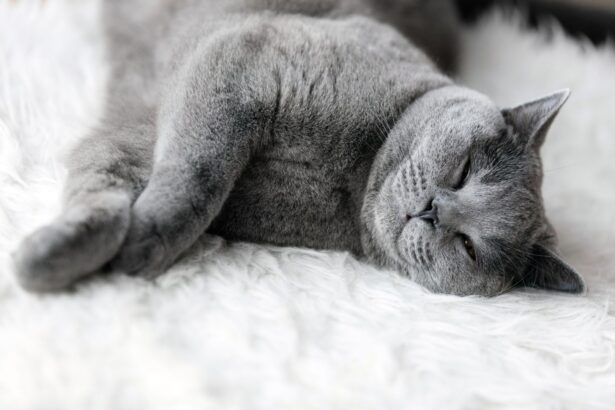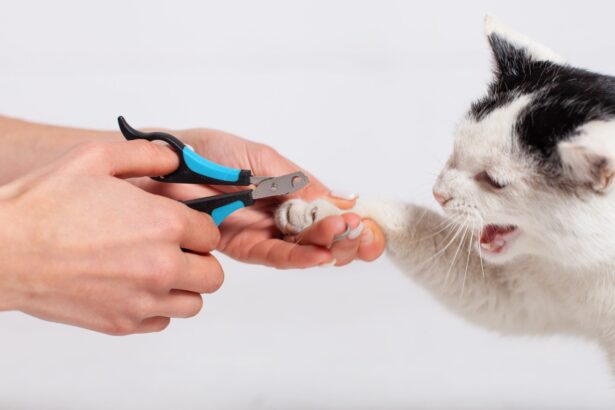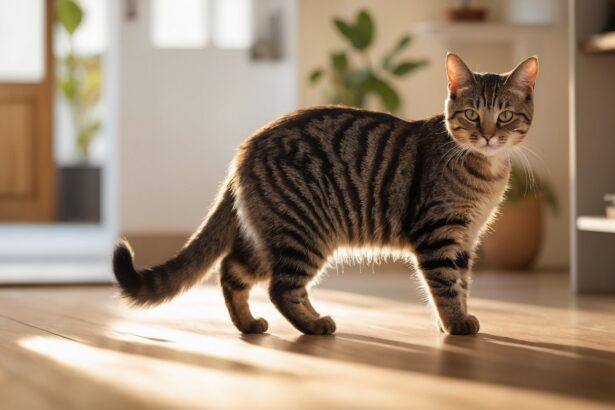Trying to guess your cat’s age without a birth certificate? You’re not alone. With a little detective work—teeth, eyes, coat, and habits—you can estimate it and tailor care so your whiskered friend thrives at every stage.
Simple clues to estimate your cat’s age
Start with overall build. Kittens are petite rockets with rounder faces, while adults look more proportioned and muscular. Seniors often look slimmer over the back and hips, with a softer belly and a gentler, slower stride.
Weight can shift with time. Growing cats gain steadily until about 12 months, then stabilize; older cats may lose weight due to muscle changes or health issues. Keep a log—trends tell more than one-off numbers.
Pro tip: Use the carrier trick to weigh your cat. Weigh yourself holding the carrier, then subtract the empty carrier weight—it’s quick and stress-light. For a handy age math shortcut, try a simple method to calculate your cat’s age.
Teeth: the clearest timeline
- Baby teeth appear by 2–8 weeks; full baby set by ~8 weeks.
- Adult teeth come in around 4–6 months; by 7 months most cats have their full permanent set.
- 1–2 years: white teeth, light tartar if any.
- 3–5 years: more noticeable tartar at molars, slight yellowing.
- 5–10 years: heavier tartar, possible gum recession.
- 10+ years: tooth wear, possible missing teeth.
Dental care can blur the picture. A cat with regular cleanings may look “younger” by teeth alone, while a kibble-only, tartar-prone mouth may look “older.” Combine clues for a better estimate.
Eyes and vision
Bright, clear eyes usually mean young adult vitality. With age, you may see a gentle bluish haze called nuclear sclerosis—a normal change that doesn’t equal blindness. True cataracts look more opaque and can affect vision.
Other age-tells include mild tear staining, a slightly less “sparkly” look, or subtle iris changes. If you notice squinting, bumping into things, or night-time uncertainty, chat with your vet.
Coat, claws, and body language
- Coat: Kittens are plush and silky; adults are glossy with good grooming; seniors may show dullness, dandruff, or patchy grooming.
- Color: Some cats gain silver or white hairs with age. Fun twist—temperature-sensitive coats (think color-point breeds) can darken as they mature.
- Claws: Senior claws may grow thicker and more brittle; trims might be needed more often.
- Posture: Older cats may hesitate before jumping and choose lower perches.
How age shapes behavior
Kittens play hard, nap hard, and repeat. Teens get bold, curious, and occasionally mischievous. Adults balance play with routine; seniors often prefer cozy, predictable days and shorter play bursts.
Sleep time increases with age, but don’t chalk up long naps to “laziness.” A sudden change in energy or social habits can signal pain, stress, or illness. If your gentle alarm clock is snoozing all day, explore why cats sleep so much and when to call the vet.
Common mistake to avoid
Avoid the old “one cat year equals seven human years” rule. Cat development is faster early on, then slows—so this math over-ages youngsters and under-ages seniors. Use multi-factor clues or a vetted converter instead.
Caring for your cat by life stage
If your cat is likely a kitten or teen
- Growth diet with high-quality protein and minerals.
- Daily mini-play sessions for coordination and confidence.
- Routine vet checks and vaccination schedule.
If your cat is an adult
- Balanced diet, measured portions, and regular weigh-ins.
- Enrichment: scratching posts, puzzle feeders, and window views.
- Dental care: brush if you can, or ask about dental-friendly diets.
If your cat is a senior
- Senior-appropriate food and easy-access water stations.
- Comfort tweaks: low-entry litter box, ramps to favorite spots, soft bedding.
- Biannual vet visits and baseline bloodwork for early detection.
Unsure how to adjust portions or switch life-stage diets? See our guide on feeding your cat without tummy drama.
One surprising fact
Some cats don’t go “grey” as they age—certain coats actually deepen in color over time. That’s because pigment in temperature-sensitive fur can intensify as the body changes.
Practical age-estimation toolkit
- Monthly “age diary”: snap a photo of teeth, eyes in daylight, and full-body side view.
- Weight tracker: quick carrier-weighing at the same time each month.
- Grooming check: note coat shine, dandruff, and nail condition.
- Behavior log: appetite, play interest, and jump heights.
Over three months, patterns emerge that help you refine your estimate and spot health changes early.
When to ask your vet
- Sudden weight loss or gain, changes in thirst or appetite.
- New reluctance to jump, stiffness, or hiding.
- Eye cloudiness with bumping into things or nighttime anxiety.
- Persistent bad breath, drooling, or pawing at the mouth.
Your vet can combine dental wear, exam findings, and sometimes lab results to narrow down age. Curious about “human years”? Use our guide to convert your cat’s age in human years and adjust care accordingly.
Age-estimation pitfalls to skip
- Judging by size alone: genetics and body type vary widely.
- Ignoring dental health: tartar and gum changes are big clues.
- Skipping regular checks: age-related issues are easiest to help early.
- Relying on one sign: use teeth, eyes, coat, and behavior together.
FAQ
How can I tell my rescue cat’s age at home?
Check teeth first, then add eye clarity, coat condition, and behavior. Take photos and notes monthly to see trends. A vet visit can fine-tune your estimate.
How accurate is aging by teeth?
Very helpful up to about 5–6 years, then less precise. Dental care, diet, and genetics can speed or slow tartar buildup. Use multiple clues for best accuracy.
What is the human-age equivalent of my 10-year-old cat?
Roughly mid-50s to early 60s in human terms, depending on health and lifestyle. Focus on joint comfort, hydration, and routine checks to keep them comfy.
What changes should I make for a senior cat?
Offer a senior diet, low-entry litter box, and soft ramps to favorite spots. Keep play short and daily. Schedule biannual vet visits to stay ahead of issues.








